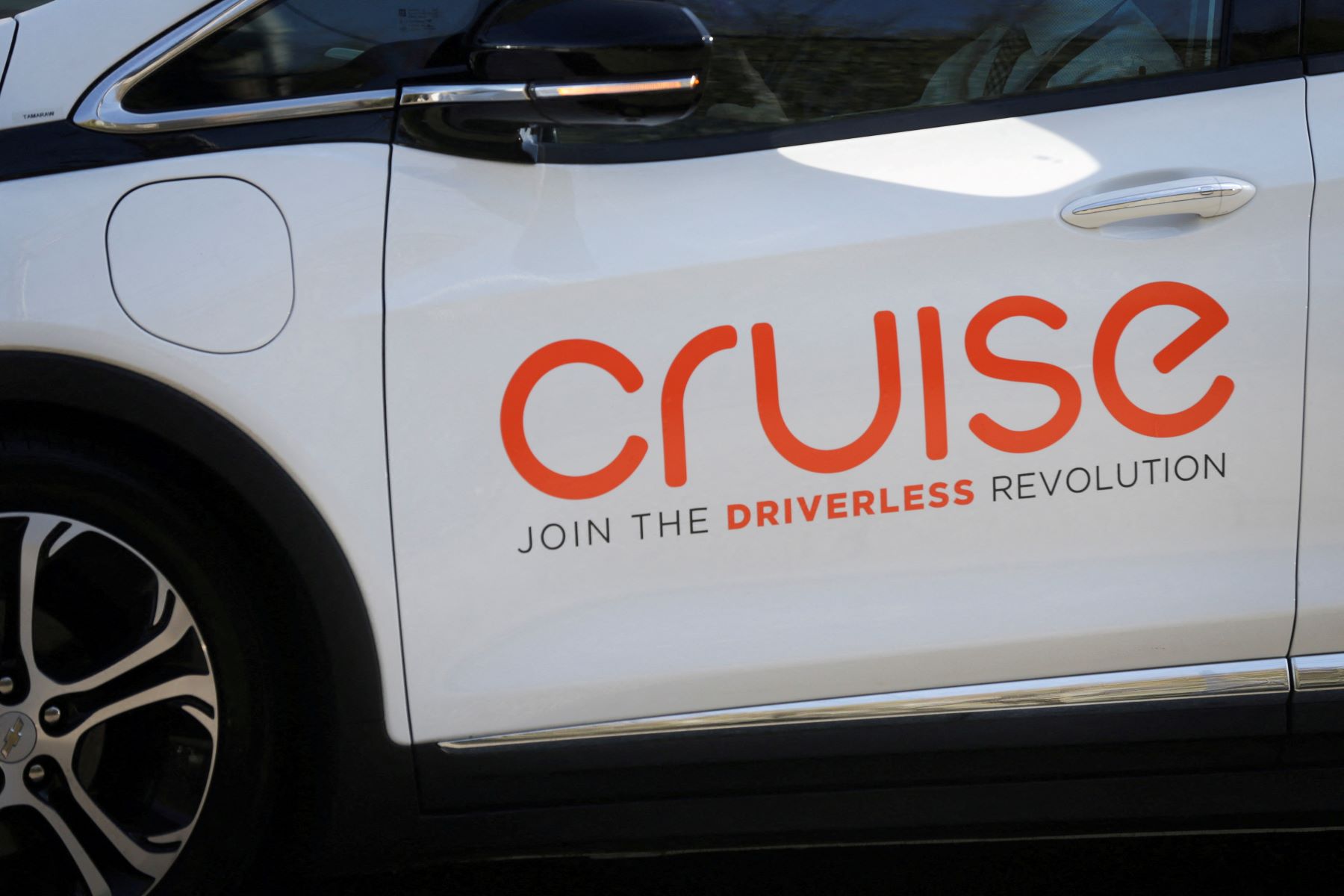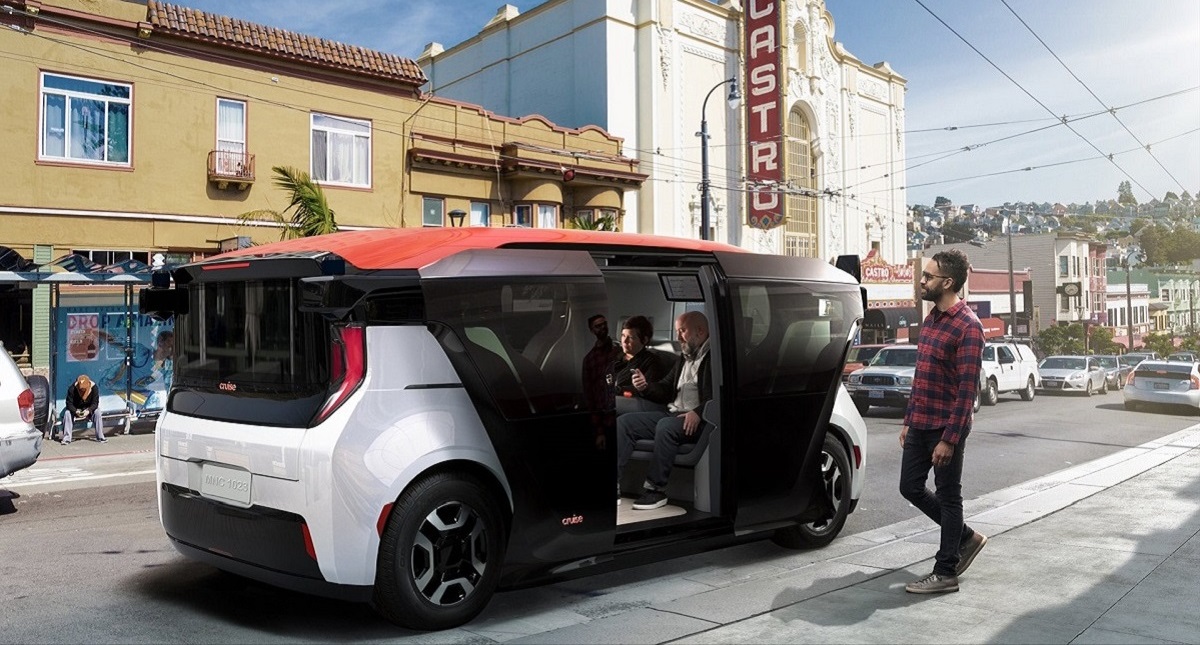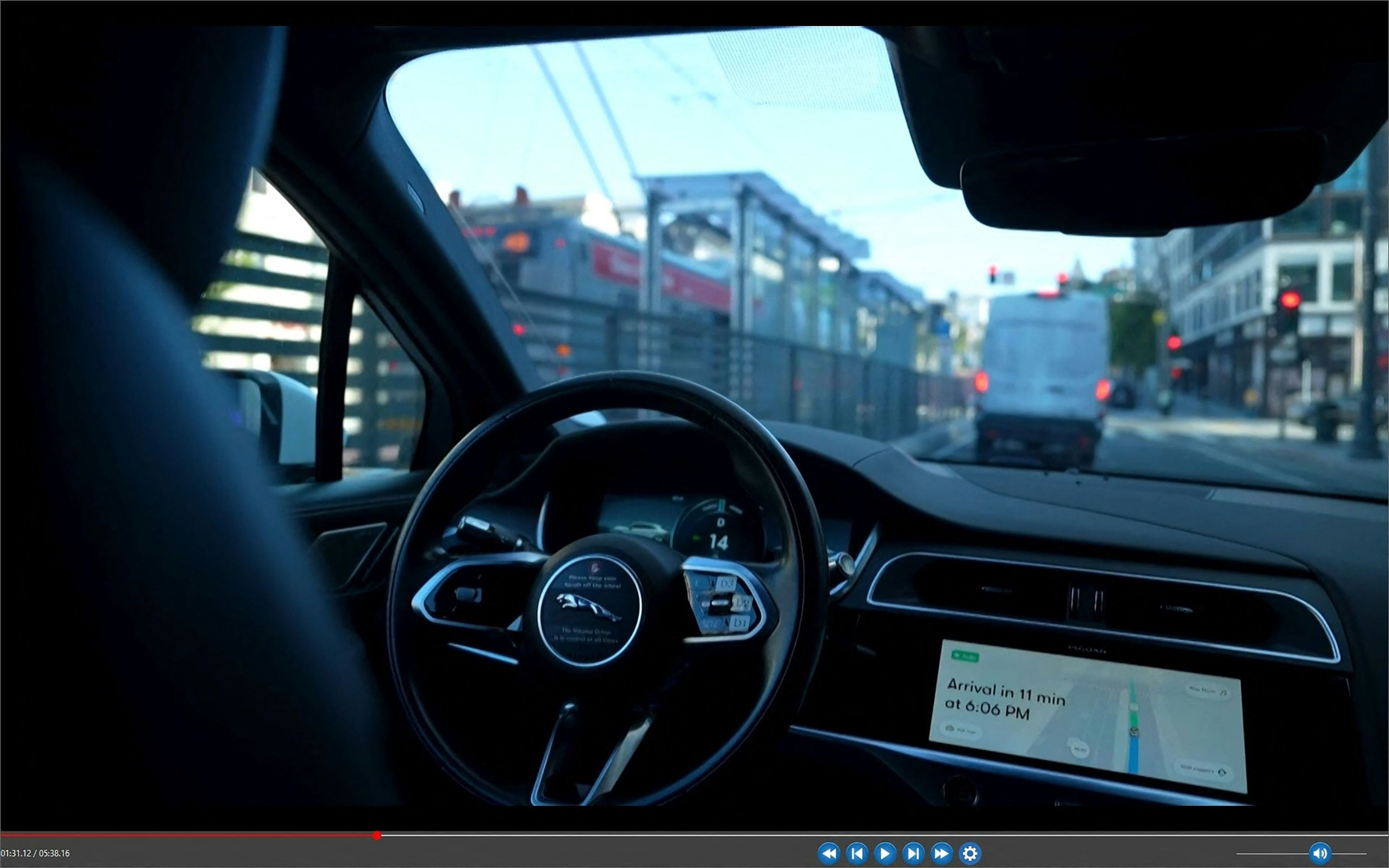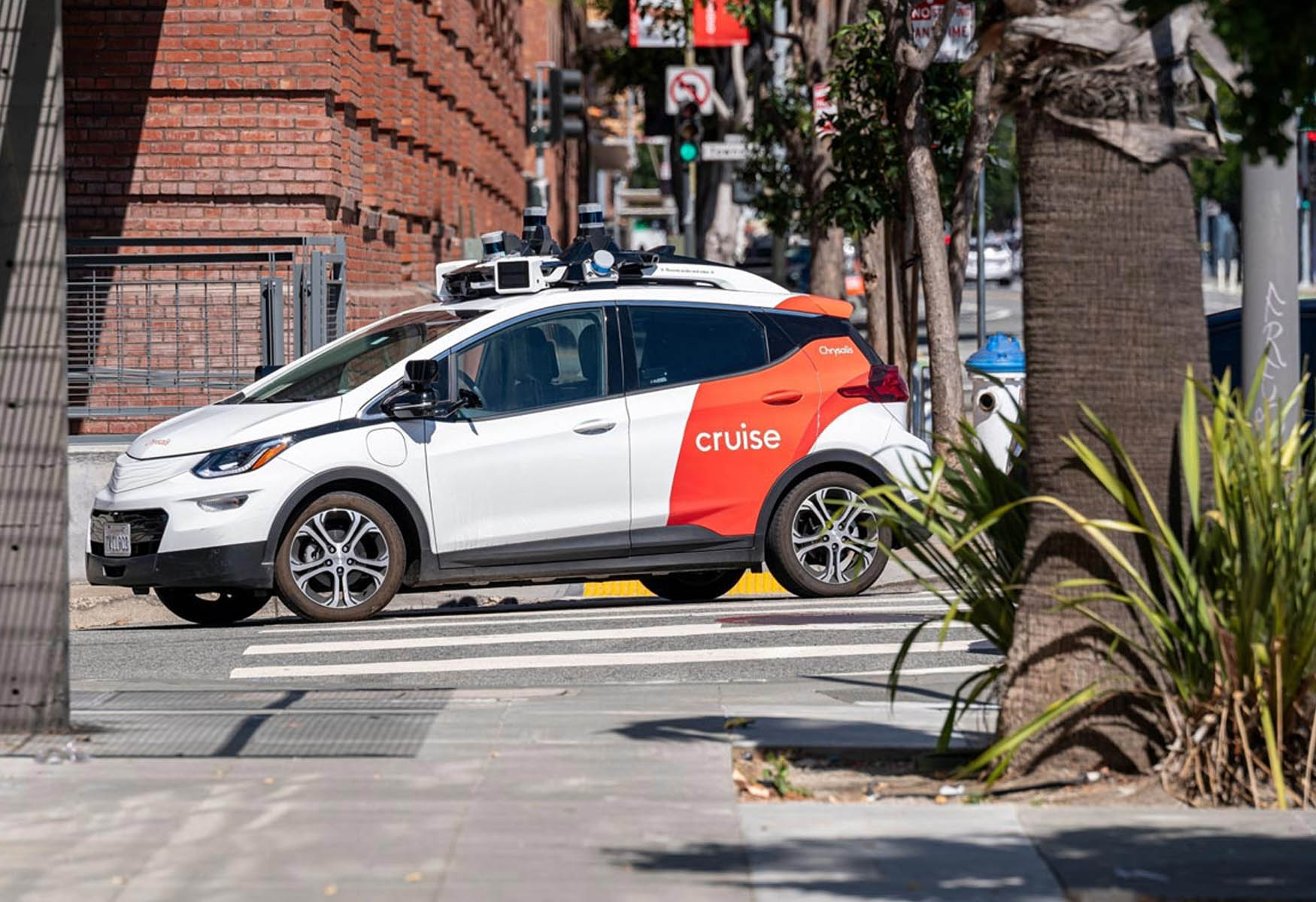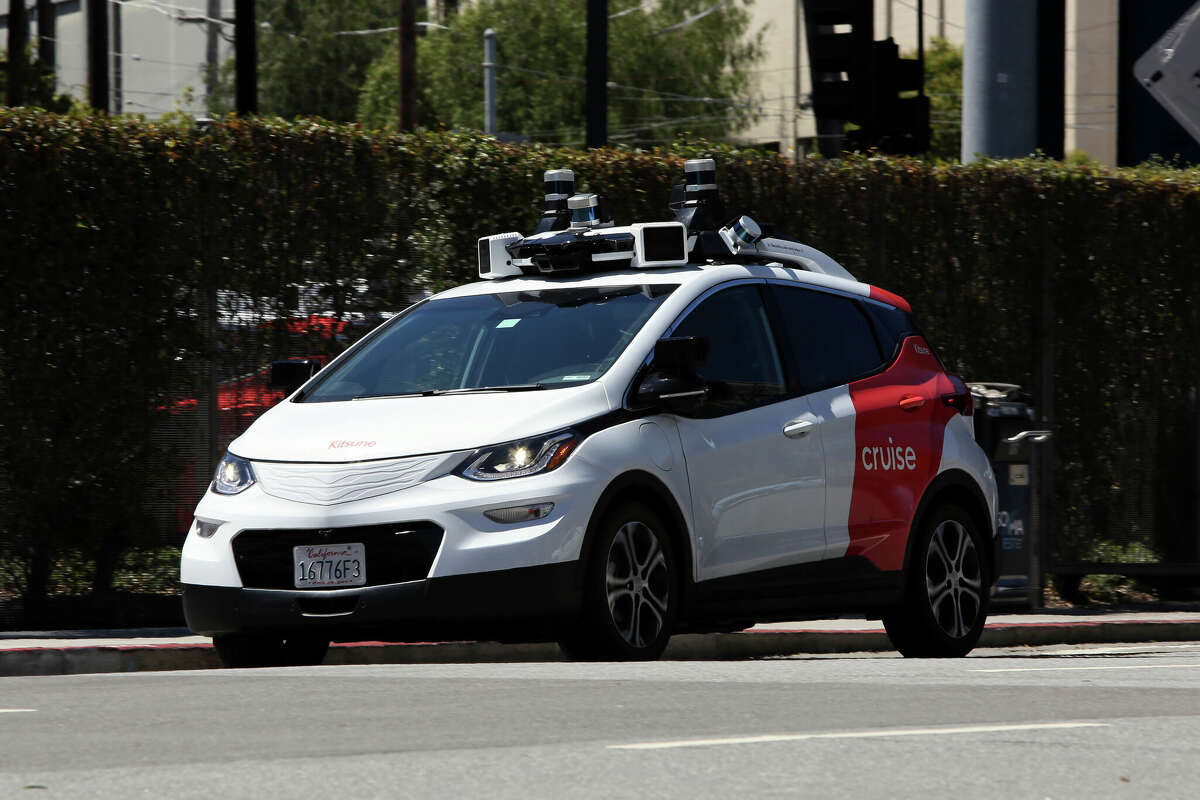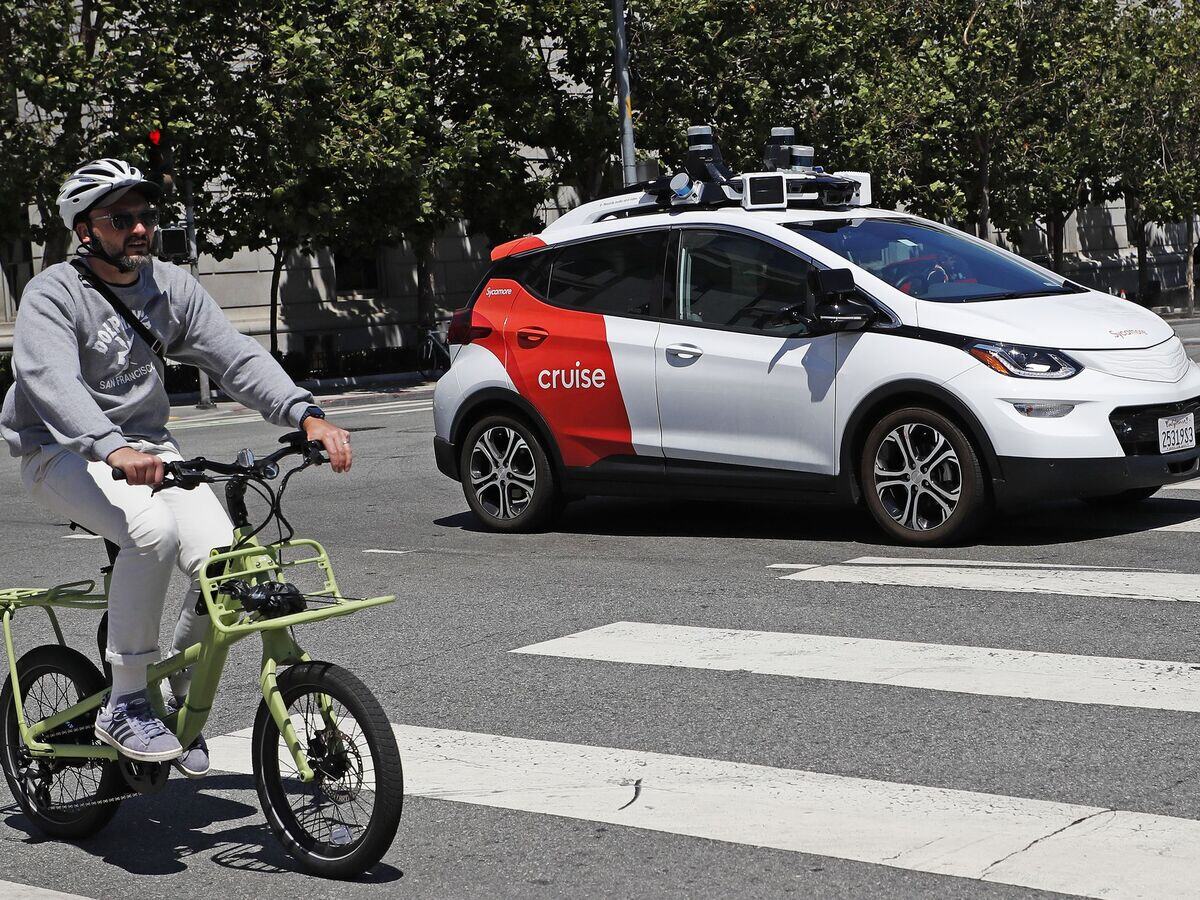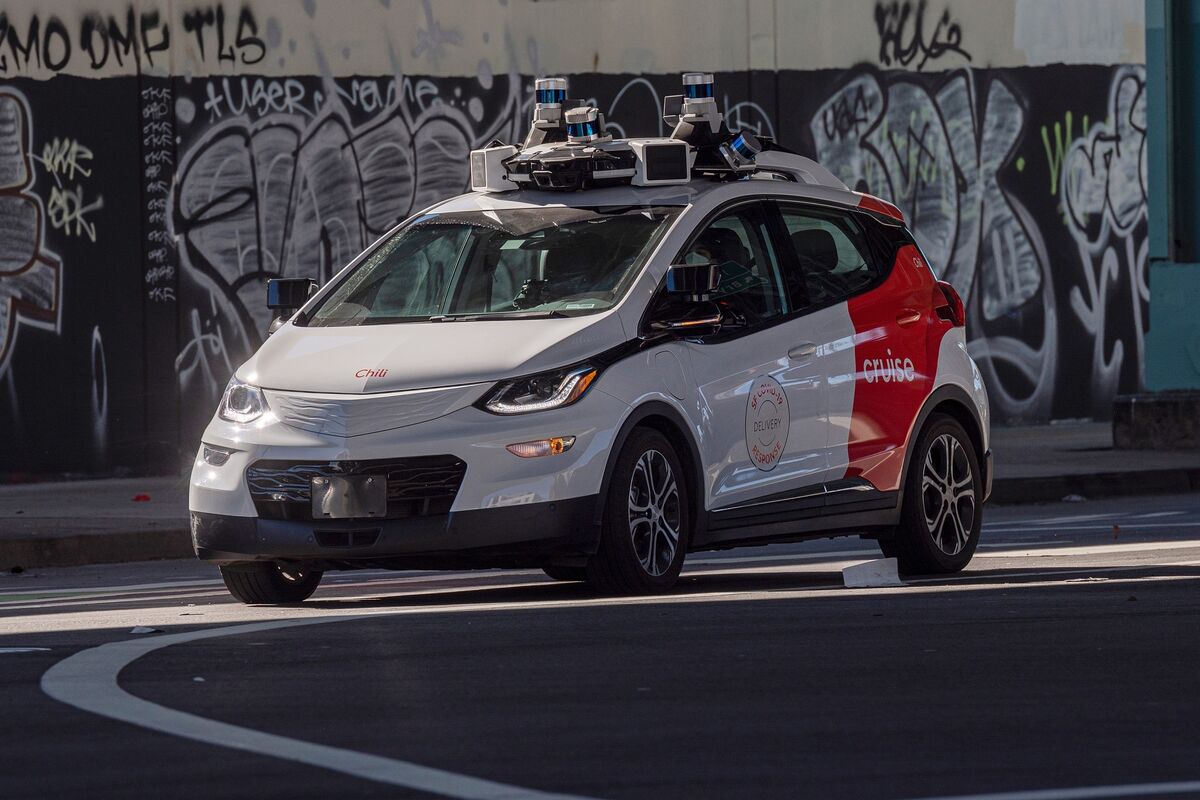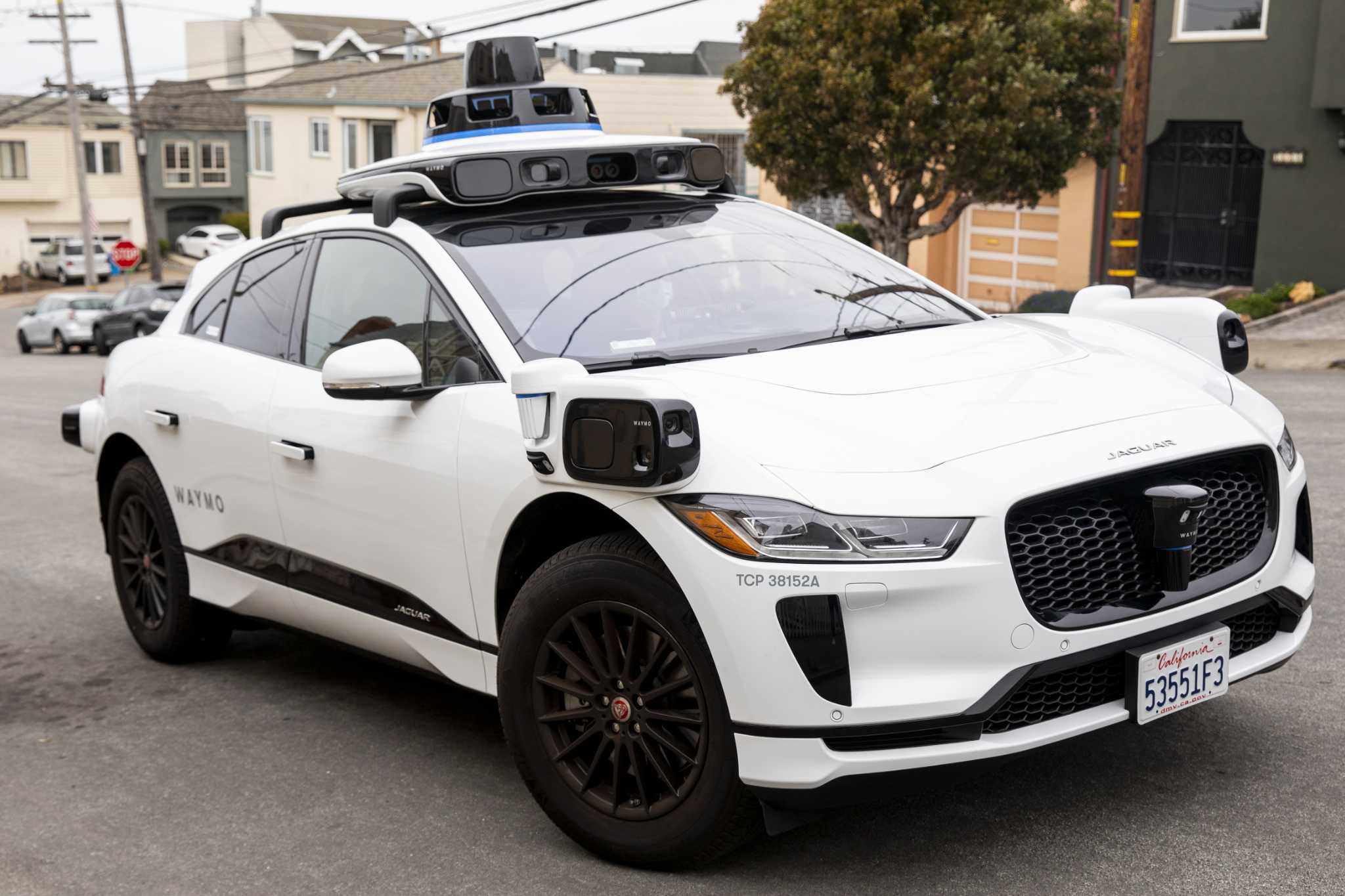Cruise, the autonomous vehicle company, has made an exciting announcement in San Francisco, unveiling a custom-built, wheelchair-accessible robotaxi. The prototype, named Cruise WAV, is set to undergo closed course testing starting in October. Developed in collaboration with GM, BraunAbility, and Q’Straint, this vehicle marks a significant milestone in providing inclusive transportation solutions.
Key Takeaway
Cruise has unveiled the Cruise WAV robotaxi, a wheelchair-accessible autonomous vehicle set to begin closed course testing next month. This first-generation model will cater to popular wheelchair models, with plans to expand accessibility in future iterations. However, regulatory approval remains a crucial hurdle for Cruise and GM to overcome before commercial deployment.
Introducing the Cruise WAV
The Cruise WAV is the culmination of three years of meticulous design, development, and testing. Taking inspiration from the purpose-built Origin vehicle, the prototype showcases remarkable features tailored for a seamless wheelchair-accessible experience. In a video shared by Cruise CEO Kyle Vogt on social media, the vehicle is seen lowering to the curb effortlessly, equipped with an automatic ramp and two securement options, including docking and a hook.
Enhancing Accessibility
In its initial iteration, the Cruise WAV will be capable of accommodating popular wheelchair models such as the Permobil M Series, Quantum Q6 Edge, and SM Quickie Q500/700M/Q7 chairs. However, manual wheelchair users may require a companion to secure the straps effectively. Cruise acknowledges that this is only the first generation of the vehicle and aims to work closely with the disability community to expand accessibility in future iterations.
Regulatory Hurdles
Prior to commercial operation, the Cruise WAV, like the Origin vehicle, must overcome significant regulatory challenges. Cruise and GM have filed a petition with the National Highway Traffic Safety Administration (NHTSA) to produce purpose-built autonomous vehicles without traditional controls, such as steering wheels or pedals. While NHTSA has not yet made a decision on the petition, Cruise CEO Kyle Vogt remains optimistic, stating that the company is on track to receive regulatory approval.
It is worth noting that federal safety regulators are expected to introduce new rule-making in September, which could shape the future of autonomous vehicles like Cruise’s Origin and Amazon’s Zoox. If implemented, these regulations would pave the way for widespread adoption of innovative transportation solutions.







